3-Phase Contactor wiring with timer:
This diagram shows how to make 3 Phase Contactor wiring with a timer. In this circuit, we use TP MCB ( Tripple Pole Miniature Circuit Breaker ), a magnetic contactor, an on-off delay load, and a fuse. First, we need to connect TP MCB then connect the magnetic contactor with TP MCB, then connect the on-delay load, and a fuse. Now this circuit is ready for use. If you want to know more about this circuit please check our youtube video below the post.
Advertisements
Components needed For this Project:
You can get the components from any of the sites below:
- TP MCB 20A [See Buy Click Amazon]
- Magnetic Contactor 40A [See Buy Click Amazon]
- 8 Pin Timer 220V AC [See Buy Click Amazon]
- Thermal Fuse [See Buy Click Amazon]
*Please note: These are affiliate links. I may make a commission if you buy the components through these links. I would appreciate your support in this way!
Advertisements
Components used to make the 3 Phase Contactor wiring with timer:
The full meaning of MCB is Miniature Circuit Breaker for TP MCB. MCB is an electromagnetic switch or device. If for any reason a short circuit occurs in the supply line or load line (line to line or line to neutral) or in case of overload MCB. the MCB automatically trips and disconnects the main line circuit or household power supply Connection. TP MCB In 3 Pole MCB, Switching & Protection is affected in only 3-Phases and the Neutral is not part of the MCB. 3 pole MCB signifies the Connection of Three Wires for a 3-Phase system Red-Yellow-Blue Phase. 3-Phase Supply Only Without Neutral.
02. Magnetic Contactor:
A magnetic contactor is an electromagnetic switching device. It is generally used for controlling 3-phase Motors. The operation of a magnetic contactor is similar to that of a Relay. but a relay is used for low-power or low-voltage connections, and a magnetic contactor is used for high-power or high-voltage connections. As soon as the supply is applied to the magnetic contactor coil. its normally open contacts are closed and normally closed contacts are opened and the associated devices are also operated. This is how a magnetic contactor works.
Overload Protection is Protection Against a Running Overcurrent That Would Cause Overheating of The Protected Equipment. Hence, An Overload is Also a Type of Overcurrent flow. Overload Protection Typically Operates on an Inverse Time curve where the Tripping Time Becomes less as the Current Increases. This Overload Protector is an Essential Component for Many Sockets Power Systems. The Top-Quality Overload Protector can Effectively Protect Electrical Products from Power Surges.
04. Fuse:
A thermal Fuse or Thermal Cutoff is a Safety Device That Open Circuits Against overheating. It Detects the Heat Caused by the Over-Current flow Due to Short Circuits or Component Breakdown. Thermal Fuses do not Reset Themselves when the Temperature drops as a circuit breaker would. A Thermal fuse must be replaced when it fails or is Triggered in 220v ac line. Thermal fuses 220v AC Line only react to excessive temperature, Unlike electrical fuses or circuit breakers (CB), not excessive Current, unless the excessive current is sufficient to cause the Thermal fuse Itself to heat up to the Trigger Temperature system.
Thank You for visiting the website. Keep visiting for more Updates.
Frequently asked questions
A contactor is typically controlled by a circuit Diagram that has a much lower power supply level than the switched circuit, such as a 24-volt coil electromagnet controlling a 230-volt motor switch. Unlike general-purpose relays, contactors are designed to be directly connected to high-current flow load devices.
Perhaps the most common industrial use for contactors was the control of the electric diagram motors. The top 3 contacts switch the respective phases of the incoming Three-phase AC power supply, typically at least 480 Volts for motors 1 horsepower supply or greater.
Three-phase Wye nominal low voltages 120 V/208 volts, and 277 V/480 volts, are commonly available for commercial and light industrial buildings. 277 volts is used primarily for commercial office lighting, and 480 volts is used to power the large HVAC system.
3-phase systems may or may not have a neutral wire. A neutral wire allows the 3-phase system to use a higher voltage while still supporting lower-voltage single-phase appliances. In high-voltage distribution situations, it is common not to have a neutral wire as the loads can simply be connected by between phases.
If A, B, and C are the three-phase currents, the formula to find the neutral current is the square root of the following: (A^2 + B^2 + C^2 – AB – AC – BC). Use example phase currents of five amps, eight amps, and 10 amps. Square each of the phase currents and add the total of the 3 numbers.
Read more Single Phase Wiring
What is a kilowatt-hour (kWh) | kwh formula | What does kwh mean
Introduction to Electrical Units and CircuitskW and kWh on your electricity bill As your home uses electricity during...
What is the Difference Between kVA | What does KVA mean | kVA formula
Difference Between KVA ExplainedWhat does KVA Mean? There are technical terms aplenty when it comes to generators, and...
Power Factor | Power Unit | Energy | Electricity Unit
Power factor definition | Calculating Power FactorPower Factor Values In a purely resistive circuit, the power factor...
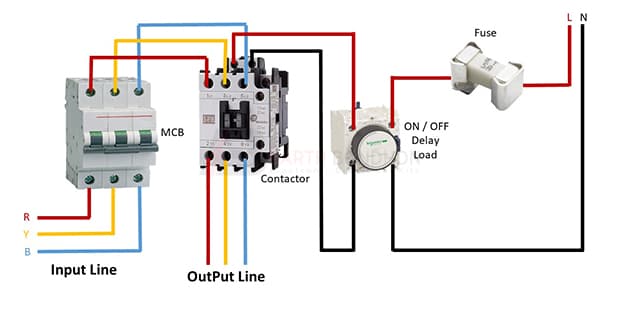
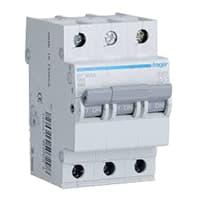
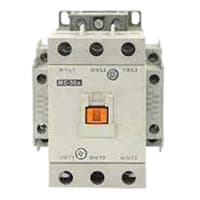
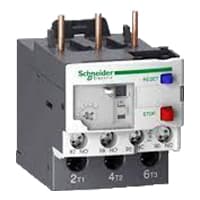
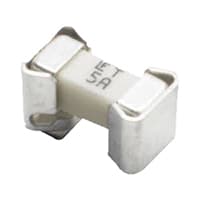
0 Comments